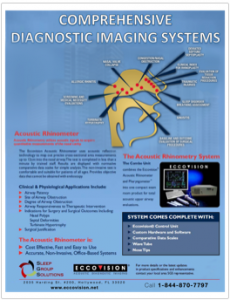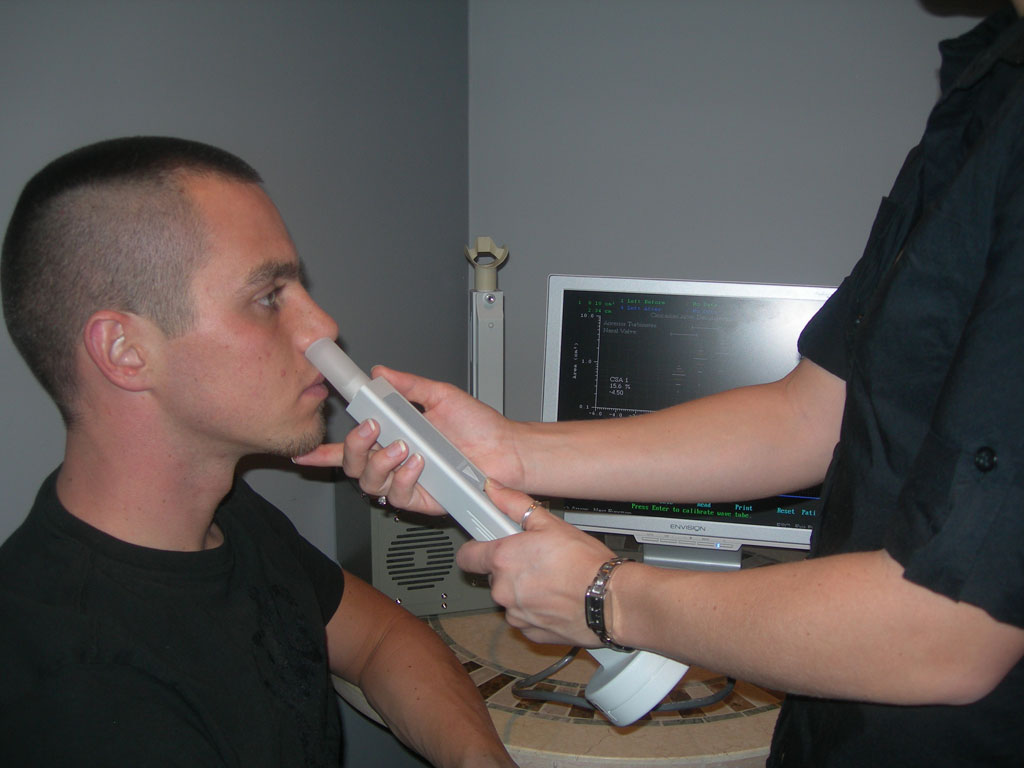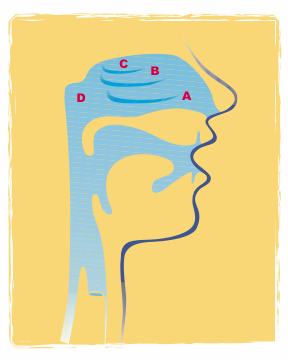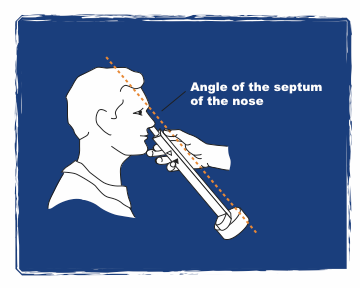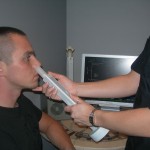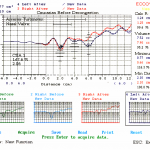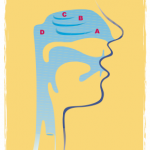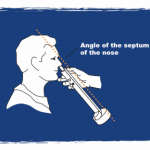ACOUSTIC RHINOMETER
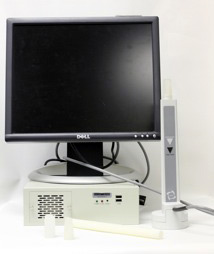
The Eccovision® Acoustic Rhinometer allows for quick and easy measurements of nasal patency. The device gathers information using acoustic reflection.
Sound waves are sent up the nasal passageway and they are reflected back out in such a way that the Eccovision® Acoustic Rhinometer can accurately map out the topography of the nasal airway. This allows us to clearly identify the location and severity of any obstruction in the airway. The test is completely non-invasive and takes 30 seconds to complete.
The SGS Eccovision Acoustic Rhinometer is used daily by many ENT and pulmonary physicians as part of screening and evaluation procedures for patients who present with; Deviated Septum, Allergy, Congestion, Nasal Resistance, Nasal Polyps, Hypertrophied Turbinates and any other type of upper airway obstruction or resistance.


